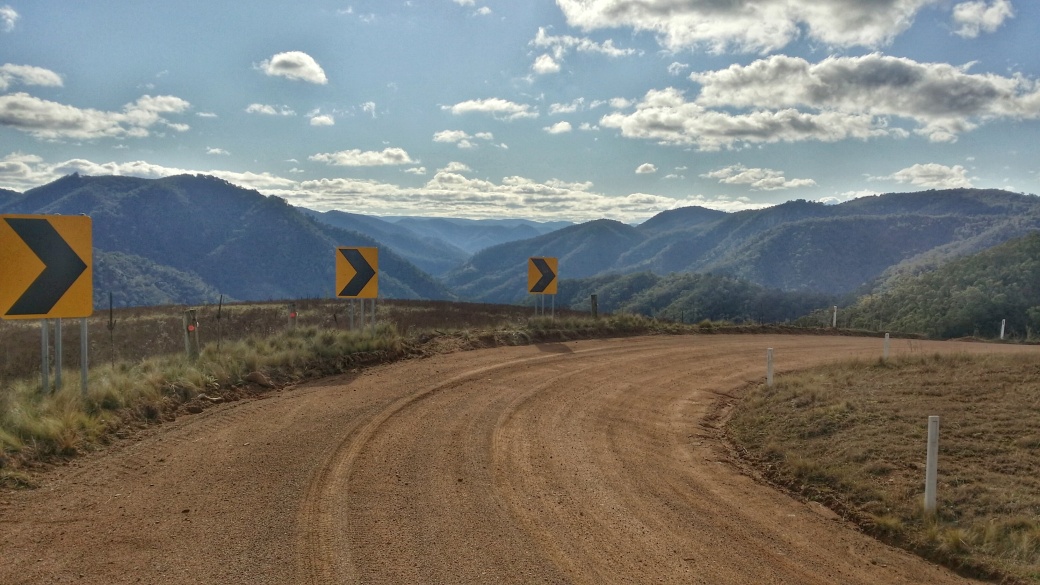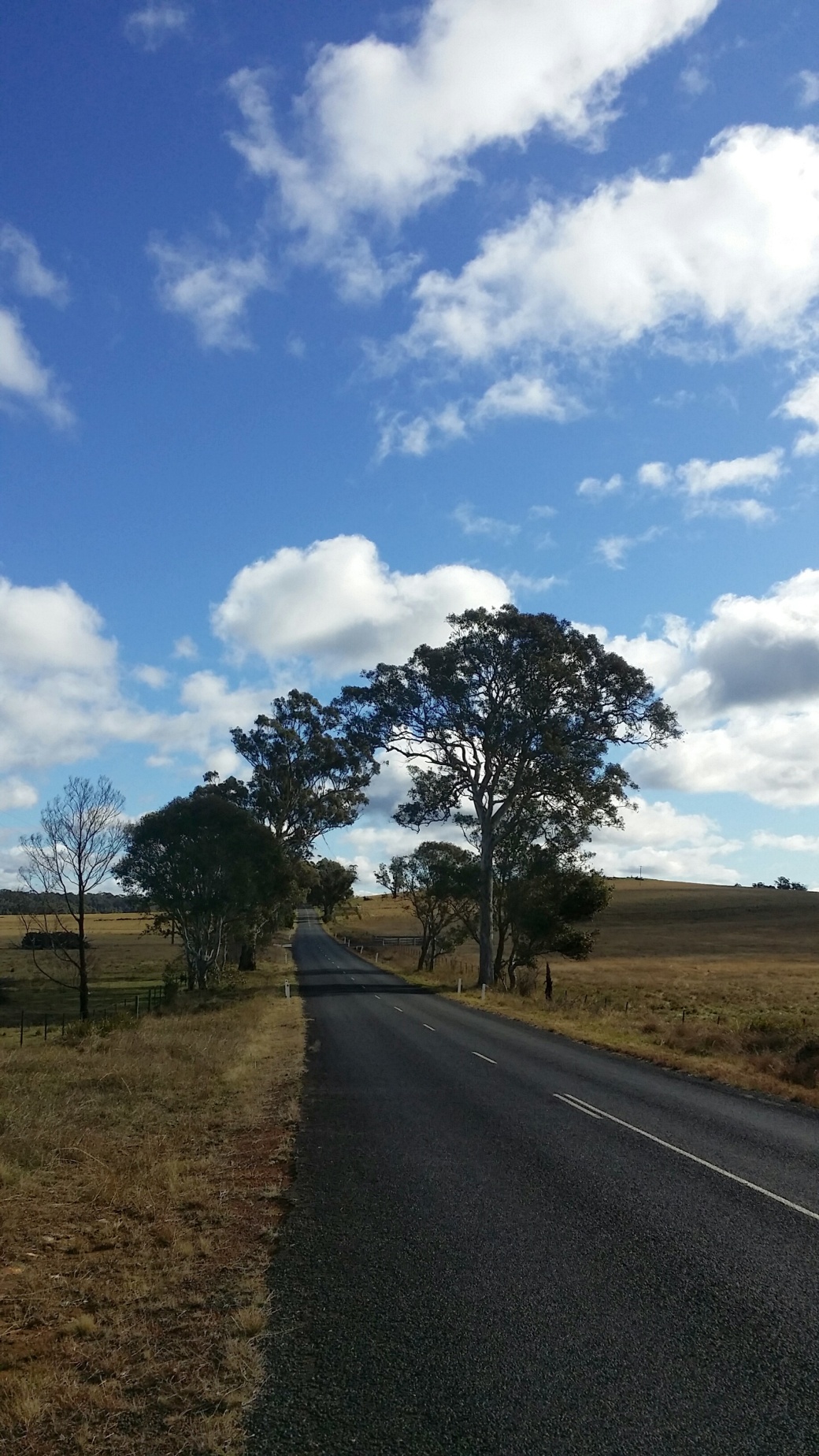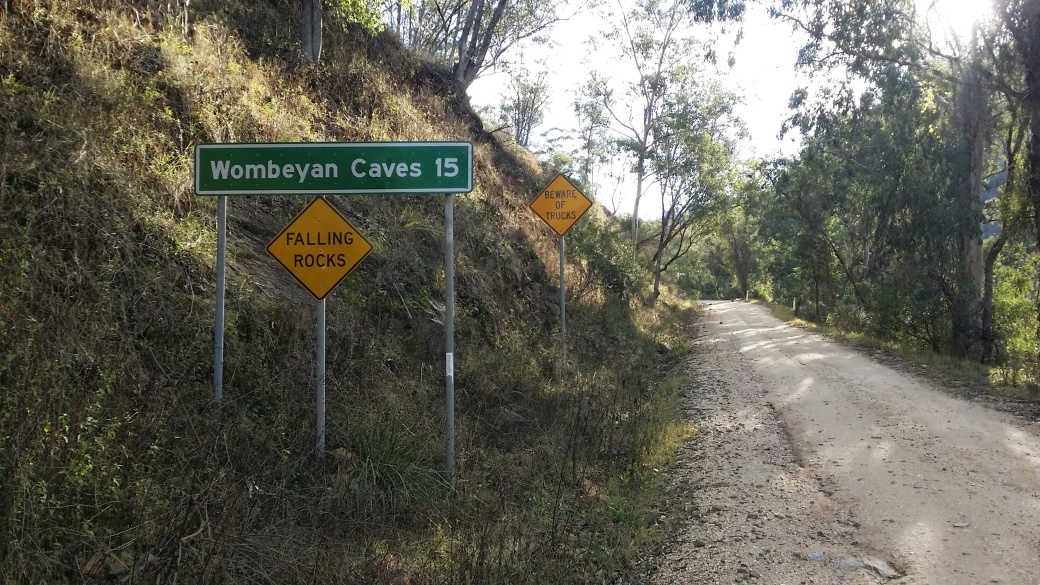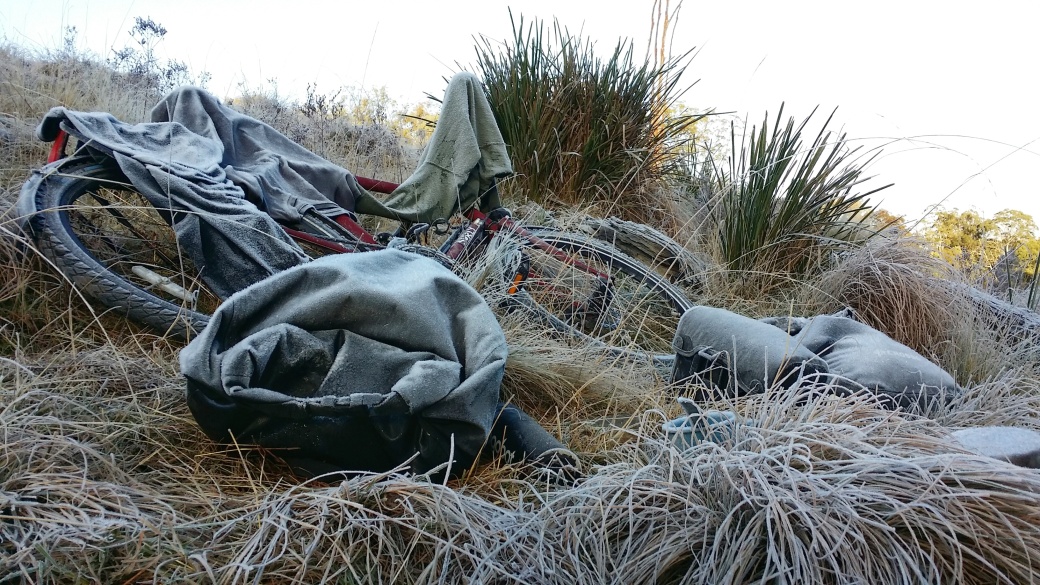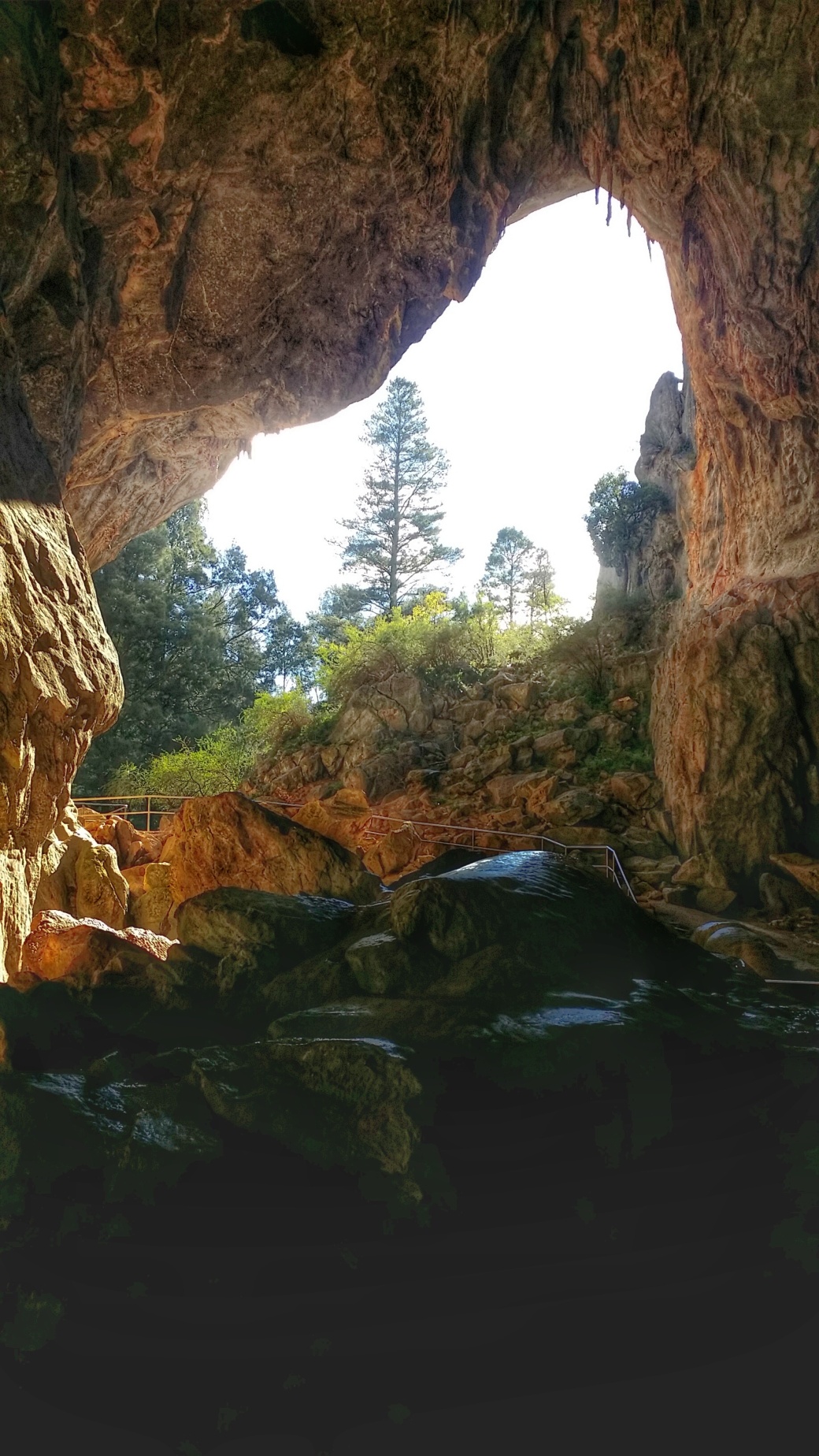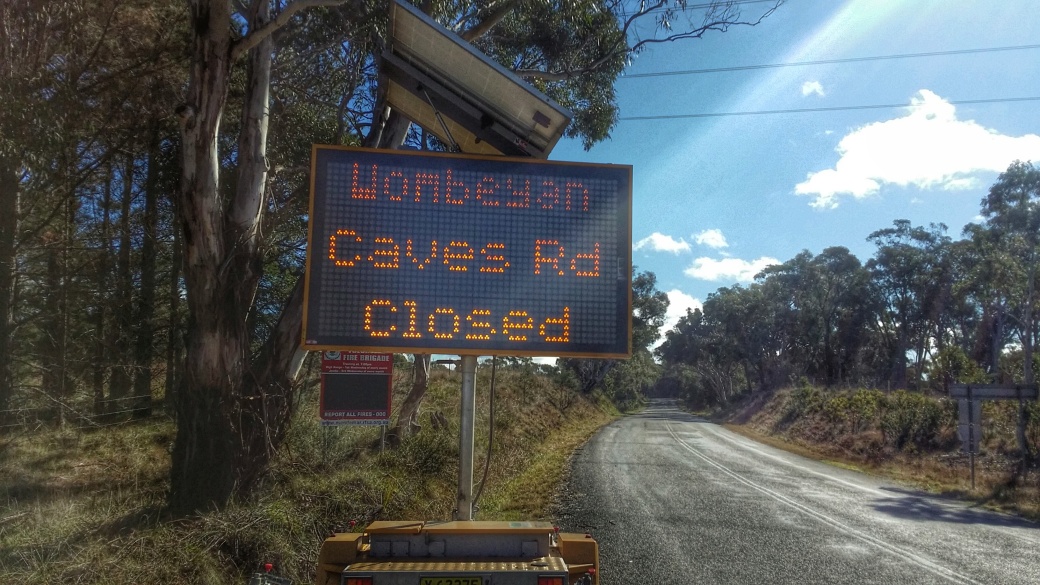Essentials:
- Total distance ~130km / 2 days
- ~65km to Wombeyan caves (~3.75 hours)
- ~65km day two return to Mittagong (~3.75 hours)
- Total vertical ascent over two days ~3400m (~1700m each day)
- Train, Sydney Central to Mittagong, regular departures. Change at Campbelltown. Total transit time ~2 hours 15 minutes.
- Train, Mittagong Station to Sydney Central, departures roughly every two hours on weekends. Change at Macarthur or Campbelltown. Total travel time ~2 hours 15 minutes
- Check train timings at http://www.transportnsw.info/
- Total trip time: ~36 hours (Leave Sydney 9.00am Saturday, Arrive Sydney 6.30pm Sunday)
- Total cost: Accommodation = $0, Transportation = $8.30 (Opal card), Food = $28
- Route: (Mittagong) Old Hume Hwy to Wombeyan Caves Road all the way to Wombeyan Caves. Return the same way.
- Navigation: Samsung Galaxy Note 3 / Google Maps
- Photography: Samsung Galaxy Note 3, edited in Snapseed
There is no cycling route anywhere in the world that is enhanced by the presence of cars. At best, our planet’s dominant form of motorised life constitutes an annoyance to the cyclist; at worst, it represents the possibility of injury or death. Naturally then, when cycling, dirt is strongly preferred to tarmac — not only because dirt routes are typically prettier, but because they discourage the use of motorised transport, making the entire experience of cycling them considerably safer and more pleasant.
The 130km-return route from Mittagong to the famous Wombeyan Caves in the NSW Southern Highlands is a superb example of just such a ride. It starts out with a few kilometres along the heavily trafficked box-store wasteland of the Old Hume Highway before transitioning onto the much quieter (but still tarmac) beginning of Wombeyan Caves Road.
WIthin 20km, however, the road turns to dirt as it winds downward alongside (and sometimes thru!) the looming rock formations of Nattai National Park and past the awesome vista of the Wollondilly Lookout. From there the road passes vast tracks of pastureland (goats, cows, horses, packs of wild kangaroos) and then onward thru the hamlet of Bullio before beginning the long, fast descent of an 11-km series of switchbacks to the Wollondilly River at Goodmans Ford.
Now, beyond Goodmans Ford, Wombeyan Caves road is officially ‘closed’. I say ‘closed’ because this closure has absolutely nothing to do with road conditions — the road is in reasonable condition for a 4WD (as ever) and completely passable, but has been closed as ‘unsafe’ owing to a standoff between the NSW state government and the local shire council over funds for road maintenance.
As a cyclist, of course, this has absolutely no impact on you, except to make the beautiful, tiring 11km climb from the river even more pleasant for the utter absence of cars. The route is genuine backcountry, heavily wooded and winding, with dozens of roos and even a rare echidna scooting from the track as I approach.
I stop to fill my water bottles at stream trickling down the rocks (see this excellent article for some information about backcountry water sources) before I make camp. As the climb tops out at the intersection with Langs Rd, and with the day’s light ebbing fast, I find a lovely campsite some distance off the road on an unfenced hillside, heat myself some dinner on my DIY sideburner alcohol stove and tuck in for the night under the wheeling sky and the bright band of the Milky Way.
I sleep out in my bivy, and by midnight a frost has formed on my bag, my panniers, my bike and all the grasses around me. My Sea to Summit TKII down sleeping bag continues to be a non-lofting, utterly useless piece of gear that begs replacement, but I huddle in and make it thru the night without desperation or misery.
The Wombeyan Caves themselves are just a few kilometres down the hill from where I’ve slept, so I pack up after coffee and head down to devour microwave meat pies from the kiosk there like an insatiable monster that’s happened into town from the wild. On the cave park grounds, people are camped beside their cars and there are teenagers playing music and I am abundantly glad to have slept away from all this ‘civilisation’, never understanding why people would come to a place with such beauty and then choose to sleep in sight of cars and buildings.
I spend a few minutes walking the grounds, wandering into the vast vault of Victoria Arch cave, but not lingering too long. It’s an extended climb on the bike back up to the hill where I camped, but afterwards the long, fast descent of the climb I’d done the day before rolls out before me, flying down over rutted dirt and rocks and leaning into the corners.
Back at Goodmans Ford I grit myself again and face the long, long ascent to Bullio, thru Nattai again, and back up to the tarmac on the early section of Wombeyan Caves Road. It’s worth noting that both Strava and Runkeeper track the vertical ascent on each leg of the out-and-back at just above 1700m, making the route, which is not particularly long, pretty taxing nonetheless. As Alastair Humphreys mentions, part of the joy of an intensely physical trip is simply the immense relief that you receive when you finally get to stop.
As for equipment: the Surly Trucker continues to be a rock-solid beast. I’m also increasingly aware (especially on the long climbs that occur on routes like this one) that that bomb-proofness comes with a weight penalty. Which is to say, the bike is definitely heavy, and I find myself seriously considering finding ways to ditch the panniers (which are *so* convenient, but also tip the scales at almost 2kg for the pair) and travel pannierless with a saddlebag, frame bag, handlebar bag and handlebar roll. At the very least, it’s a project that should keep me busy.
I also used the USB charging port on my B&M Luxos IQ2 headlamp for the first time on this trip. and despite running GPS the whole time, finished up with the battery charge above 90% — generally gaining 1% charge every few minutes when my speed was over 15kph or so. Very pleased with this result.
I also used the giant BBB Fueltank XL bottle cage for the first time, which certainly gets a pass — keeping some of that substantial water weight forward on my frame rather than back in my panniers, which is good because my setup tends towards serious back-heaviness already.
Finally, the beer-can alcohol stove was an absolute winner — tiny and light and reliable and working just fine, even at near-freezing temps. It doesn’t allow much potential for adjustment, and once it’s lit, it’s lit until the flame burns out. Still, I’m increasingly convinced that this little stove may be just the thing going forward. Next task is to try another variation on the sideburner stove with smaller and more efficient jets.

